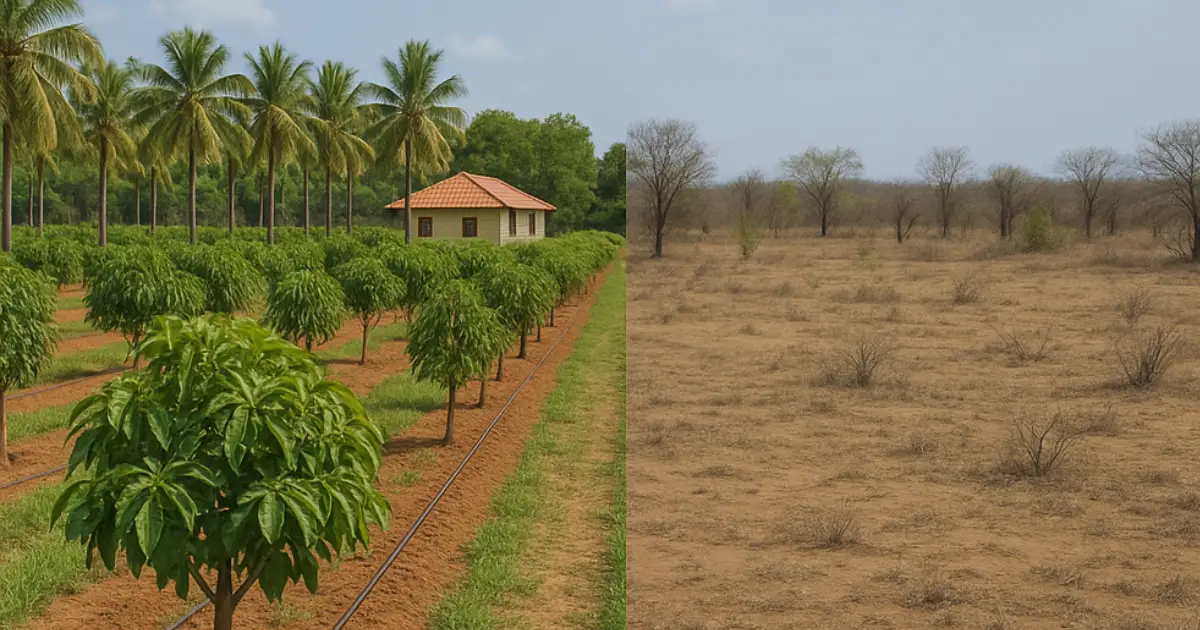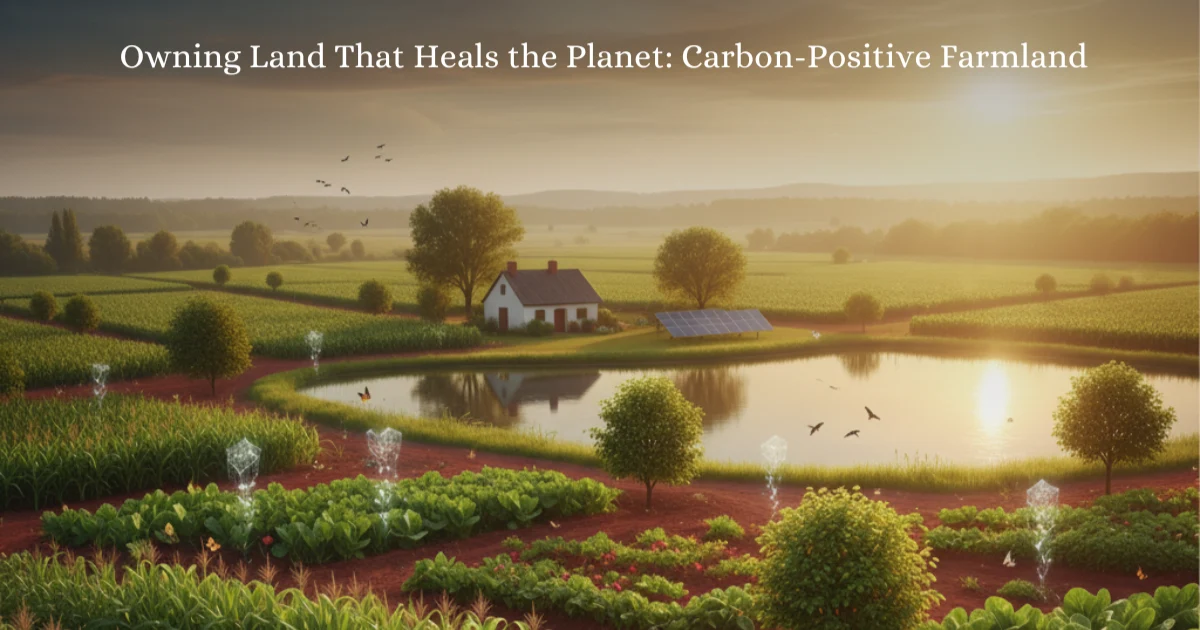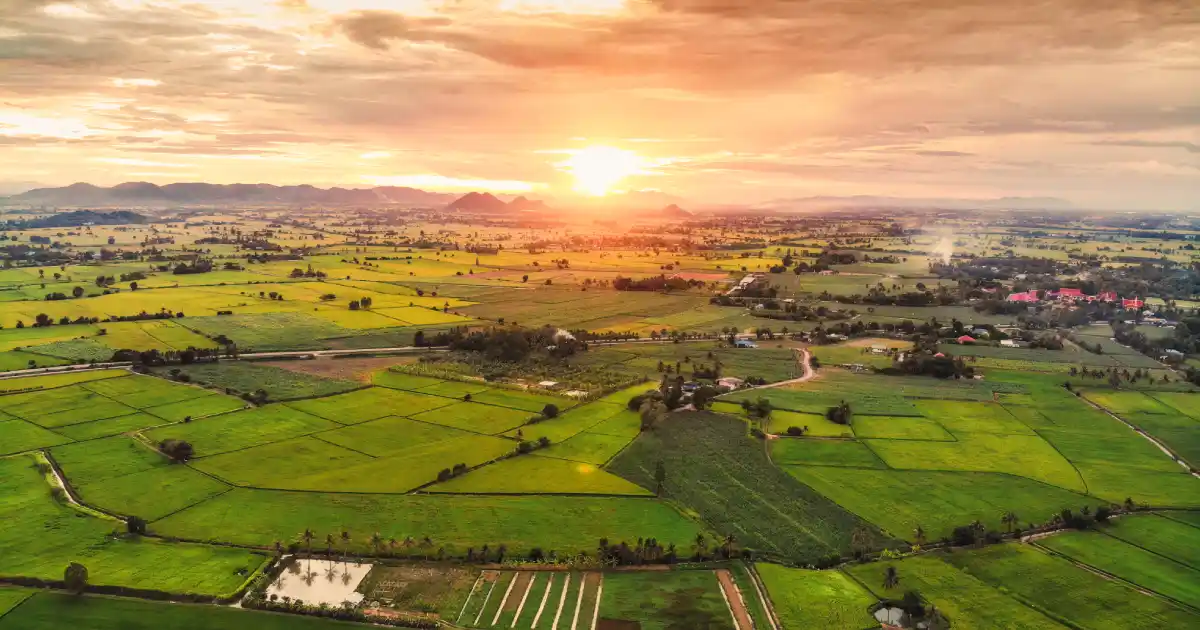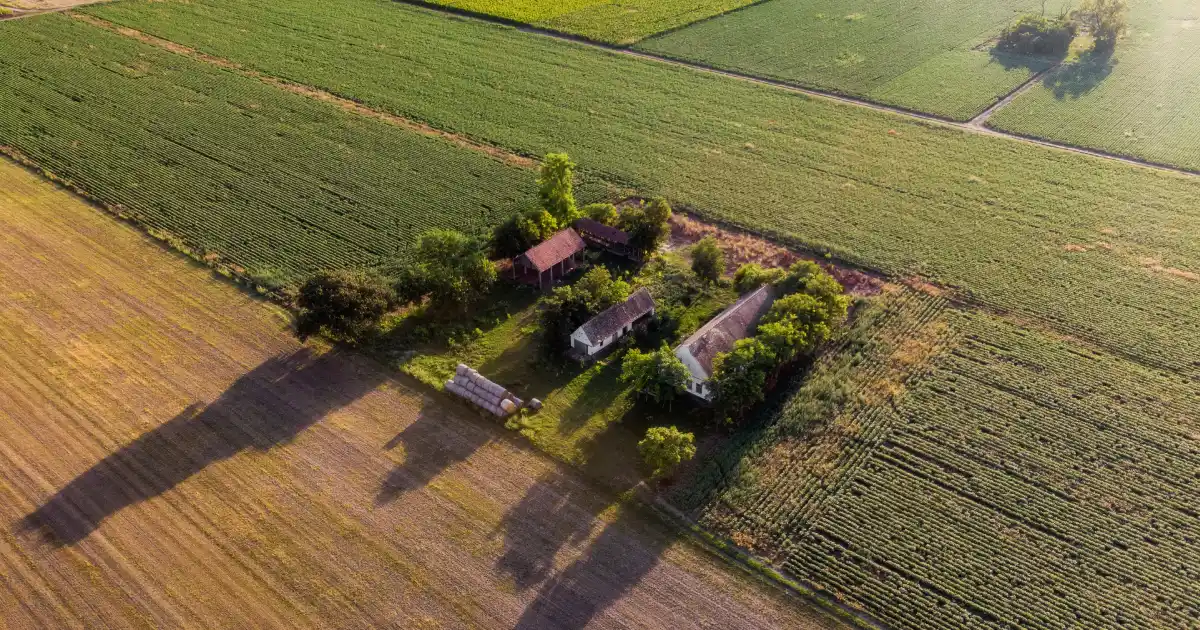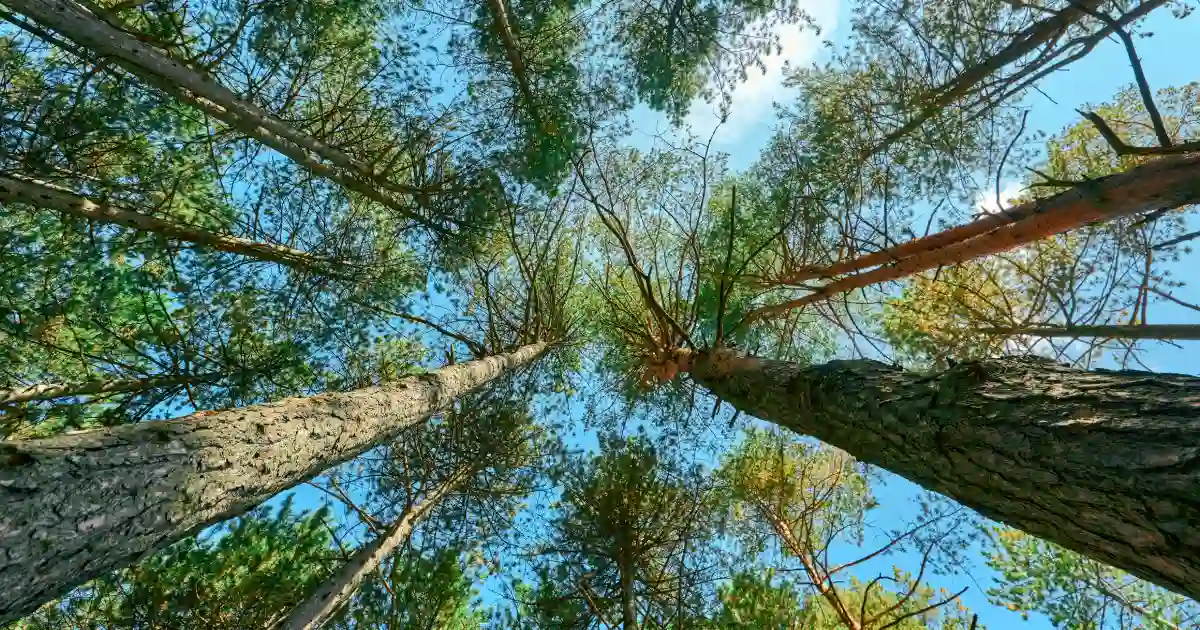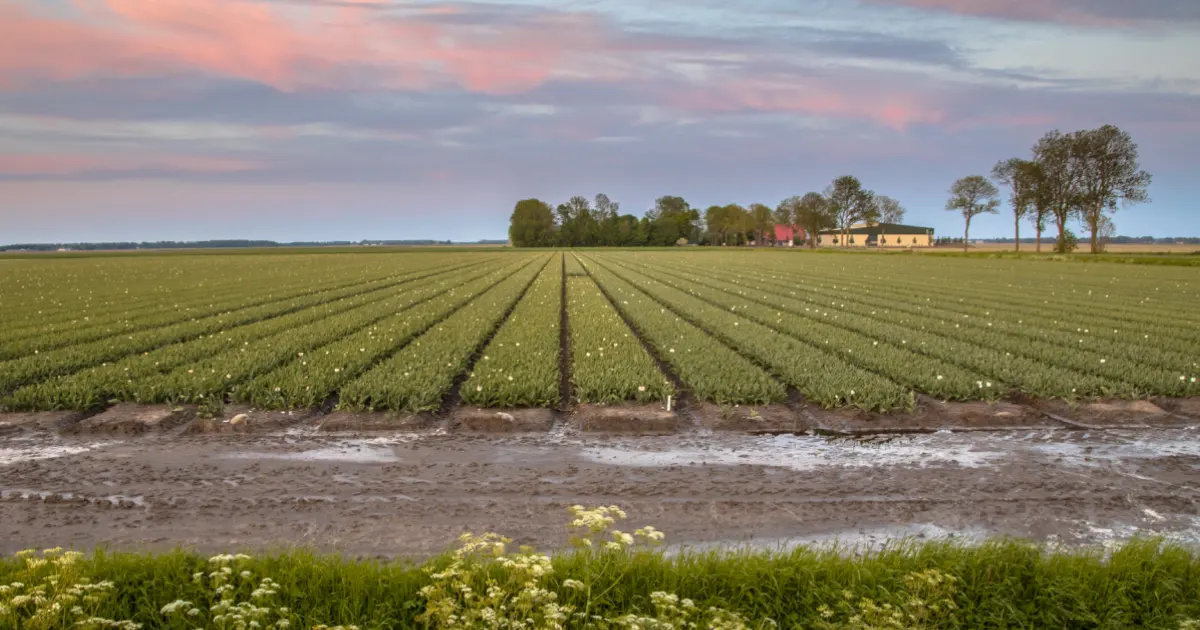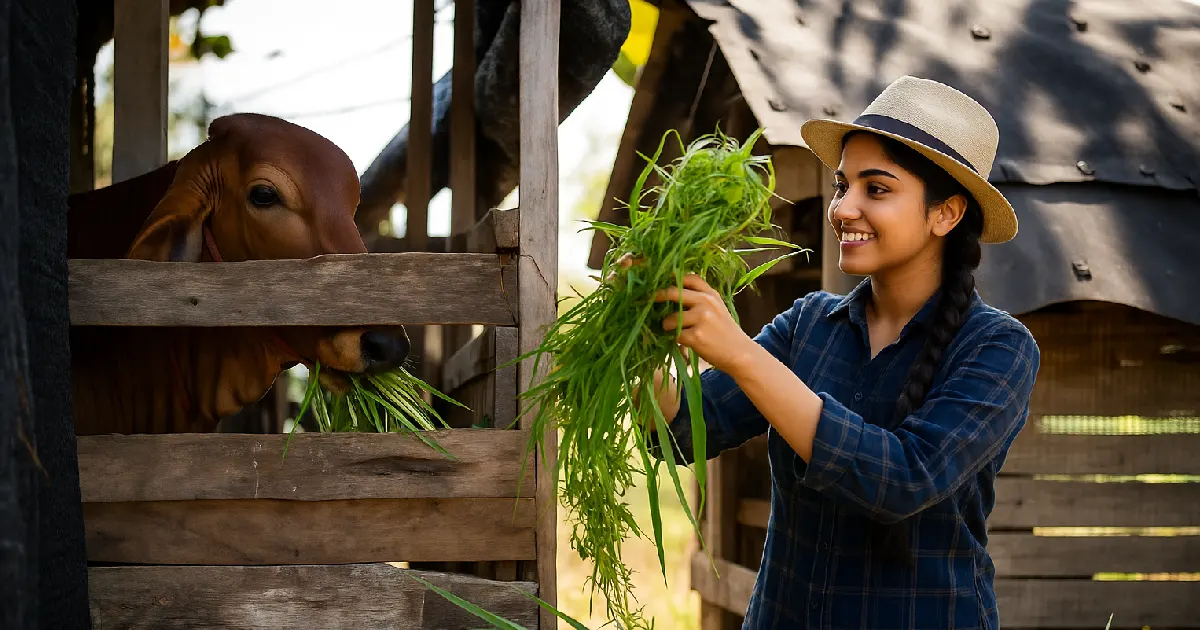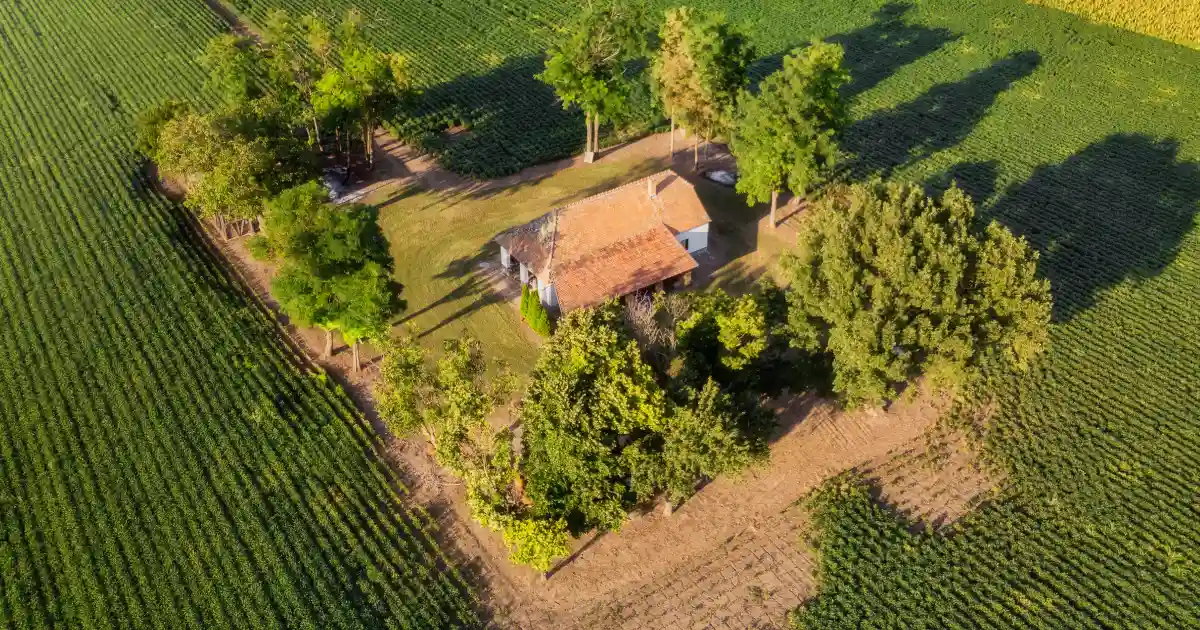Why Agroforestry is Reshaping Farmland Economics
Planting trees on your farmland can increase its value by up to 65% and this isn’t just theory, it’s backed by real-world examples from Bangalore, Hosur, and Thalli.
For too long, farmland has been treated as “just crop land.” But here’s the thing: the future of farmland value isn’t rooted in monoculture. It’s built on diversity — trees, crops, livestock, and even carbon credits working together.
That’s exactly what agroforestry on farmland does. By blending trees with crops or livestock, it transforms soil health, stabilizes income, and unlocks hidden value that traditional farming can’t match.
In this article, we’ll break down 5 proven ways agroforestry boosts farmland value and ROI, with region-specific insights and before–after case studies from Bangalore, Hosur, and Thalli.
The Problem: Why Traditional Farmland Faces Value Stagnation
Let’s be blunt traditional monoculture farming has limits:
-
Soil depletion from repetitive cropping.
-
Lower returns due to market price volatility.
-
Climate risks such as droughts, floods, and pests.
-
Limited diversification of income sources.
For investors in Hosur and Thalli, where farmland is appreciating but urban land still grows faster, agroforestry offers a way to close the gap and in some cases, surpass it.
The Solution: Agroforestry as a Farmland Value Multiplier
What is Agroforestry?
Agroforestry combines tree planting with agricultural crops or livestock systems. Think mango or teak trees growing alongside seasonal crops, or fruit orchards integrated with dairy farming.
According to the Food and Agriculture Organization (FAO), agroforestry can increase farm productivity by up to 40% over conventional farming systems, while reducing environmental impact.
Agroforestry Models That Work in Bangalore, Hosur, and Thalli
1. Silvoarable Systems
Rows of fruit or timber trees are grown alongside seasonal crops like millet, pulses, or vegetables.
Example: Teak + vegetables → Teak matures for timber in 12–15 years, vegetables give annual cash flow.
Regional Advantage:
-
Bangalore rural belt: High market demand for fresh vegetables and timber for construction.
-
Hosur: Red soil enhances teak growth rates and vegetable yield.
-
Thalli: Balanced rainfall supports teak without heavy irrigation.
2. Silvopasture
Shade trees are planted in grazing areas for livestock such as goats or cattle.
Dual income: Milk/meat sales and eventual timber harvesting.
Regional Advantage:
-
Bangalore: Premium market for organic dairy products.
-
Hosur & Thalli: Goat and sheep farming thrives due to open pasture availability.
3. Agro-Horticulture
Mango, guava, or jackfruit trees combined with intercrops like turmeric or ginger.
Advantage: Year-round produce and a premium resale value from mature orchards.
Regional Advantage:
-
Hosur: Renowned for Alphonso and Banganapalli mango quality.
-
Thalli: Cooler microclimate supports guava and jackfruit for off-season markets.
How Agroforestry Increases Farmland Value
1. Enhanced Soil Health and Productivity
Healthy soil is the foundation of long-term farmland value. Agroforestry trees add organic carbon, reduce erosion, and boost microbial life.
-
Data Point: According to the World Agroforestry Centre, agroforestry land shows 20–50% higher organic matter than monoculture plots.
-
Regional Insight: In Thalli, farmers saw soil organic carbon levels rise from 0.38% to 0.89% within 5 years of adopting mango + teak systems.
2. Stable and Diversified Revenue Streams
Relying on one crop is risky. Agroforestry builds layers of income:
-
Annual crops give short-term cash flow.
-
Fruit orchards add medium-term revenue.
-
Timber provides long-term, high-ticket returns.
-
Carbon credits offer a modern passive income source.
Example: One acre in Hosur with teak + mango intercrop generated ₹1.2 lakh annually by year 5, while projecting ₹3.5 lakh timber value in year 12.
Example Revenue Table – 1 Acre Mango + Teak Intercrop System (Thalli)
| Year | Crop Income (₹) | Fruit Income (₹) | Timber Value (₹) | Carbon Credits (₹) | Total Annual Value (₹) |
|---|---|---|---|---|---|
| 1–3 | 45,000 | 0 | 0 | 8,000 | 53,000 |
| 4–6 | 50,000 | 60,000 | 0 | 10,000 | 1,20,000 |
| 12 | 0 | 80,000 | 3,50,000 | 15,000 | 4,45,000 |
3. Increased Land Marketability
Buyers pay more for farmland that’s already income-generating. An orchard, teak block, or silvopasture system means the new owner inherits a working asset — not just empty land.
-
Proof: A Hosur orchard estate with 400 mango trees sold at 65% higher resale premium compared to nearby non-agroforestry land.
-
Investor Tip: Mature orchards (3+ years old) in Bangalore’s outskirts often sell 20–30% faster than plain agricultural plots.
4. Climate Resilience as an Asset
Agroforestry makes land more resistant to extreme weather:
-
Shade trees protect crops from rising heat.
-
Deep roots hold soil during heavy rains.
-
Biodiversity reduces pest outbreaks.
Regional Example: In Bangalore’s peri-urban belt, farm plots with silvopasture retained 30% more topsoil during monsoons compared to monoculture maize plots.
5. Unlocking Carbon Credit Markets
Agroforestry isn’t just about crops and timber — it’s also about carbon.
-
Carbon Sequestration: 1 acre of teak + mango sequesters 4–6 tonnes of CO₂ per year.
-
Market Potential: At ₹600–800 per tonne, that’s ₹2,400–₹4,800 annual passive income, in addition to farm yields.
-
Future-Proofing: Land with carbon-credit eligibility holds more appeal for eco-conscious buyers and corporates.
Before–After Case Examples with Data
Case 1 – Thalli Managed Farmland
-
Before:
-
Monocropped groundnut
-
SOC: 0.38%
-
Net yield value: ₹1.5 lakh/year on 5 acres
-
-
After Agroforestry:
-
Mango + Teak + intercrop vegetables
-
SOC improved to 0.89% in 5 years
-
Net yield value: ₹3.4 lakh/year
-
Resale premium: +42%
-
Case 2 – Hosur Orchard Estate
-
Before:
-
Fallow land, no cash flow, erosion-prone slope
-
-
After Agroforestry:
-
400 mango saplings + drip irrigation + cover crops
-
Year 4 mango sales: ₹2.8 lakh/year net
-
Timber projection at year 12: ₹18–22 lakh lump sum
-
Resale value increase: +65% over baseline market rate
-
Soil Regeneration Benefits
Agroforestry regenerates land in ways plain cropping can’t:
-
Mulching from leaf litter increases organic matter.
-
Deep root systems bring nutrients from subsoil to surface.
-
Microclimate improvement reduces evaporation and conserves water.
The Long-Term ROI Equation
When valuing agroforestry on farmland, factor in:
-
Base land appreciation.
-
Intercrop yields.
-
Timber/fruit harvest cycles.
-
Carbon credit sales.
When managed professionally, these combined returns can outpace urban real estate ROI.
Implementing Agroforestry on farmland for Maximum Value
Step 1: Choose the Right Tree-Crop Combination
Match species to soil, climate, and market demand.
Step 2: Invest in Professional Land Management
Managed farmland providers near Bangalore, Hosur, or Thalli now offer turnkey agroforestry investments.
Step 3: Leverage Government Subsidies
Schemes like the National Agroforestry Policy offer subsidies for saplings, irrigation, and training.
FAQs
Q1: What is agroforestry on farmland?
It’s integrating trees with crops or livestock to increase income, soil health, and resale value.
Q2: Which agroforestry models suit Bangalore, Hosur, and Thalli?
Silvoarable, silvopasture, and agro-horticulture are ideal for local climate and soil.
Q3: How does agroforestry improve soil health?
It restores organic carbon, prevents erosion, and boosts microbial activity.
Q4: Can tree planting increase farmland returns quickly?
Yes. Annual crops and early-fruiting trees yield within 2–3 years, timber in the long term.
Q5: Are subsidies available in this region?
Yes. Both central and state-level programs support saplings, irrigation, and training.
The Investment Mindset Shift
The most successful farmland investors think beyond “today’s crop price.” They think in decades, not seasons. Agroforestry on farmland is one of the rare strategies that aligns environmental stewardship with financial growth.


